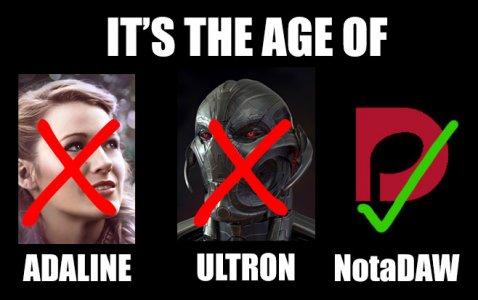Actually the great thing about this new view is that you can adjust the MIDI independently of the notation, e.g you can move a note or notes in time, start point, end point, and duration, and still retain the original notation in the score part of the view:
Okay, I guess it makes sense to have an alternative visual as an aid for the refinement of sound parameters - especially for people who are used to DAW. And it would make sense for the company to expand their market share in the sector.






